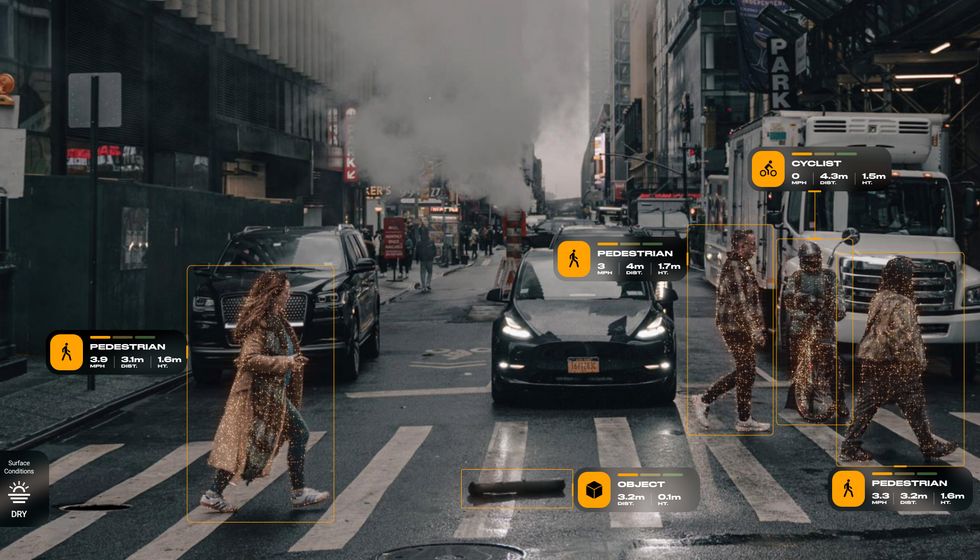
A groundbreaking advancement in automotive safety technology may soon be on the horizon, potentially saving lives on the roads. Matthew Carey, co-founder of the Boston-based startup Teradar, is introducing an innovative sensor capable of detecting small debris in challenging conditions where traditional car sensors fail. This new terahertz imager could enhance vehicle safety significantly, especially in adverse weather like fog and bright sunlight.
Carey’s motivation for developing this technology stems from a personal tragedy: he lost a friend in a car accident caused by a small object on the roadway. Standard sensors typically used in vehicles—radar, lidar, and cameras—struggled to detect the debris under those conditions. Traditional radar cannot accurately perceive small objects, lidar is ineffective in fog, and cameras suffer from glare. To address these limitations, Carey and his team engineered a sensor that utilizes terahertz frequencies, a previously underused section of the electromagnetic spectrum.
Advancements in Terahertz Technology
Teradar’s sensor has achieved a range of 300 meters, meeting automotive industry requirements. The company emerged from stealth mode last week, revealing chips that can provide 20 times the resolution of conventional automotive radar, while remaining effective in various weather conditions and at a lower cost than lidar. Carey describes the technology as a “superset of lidar and radar combined,” indicating its potential to revolutionize vehicle sensors.
The architecture of Teradar’s system incorporates features from both radar and camera technology. Terahertz transmitters generate electronically steerable beams, while sensors operate similarly to imaging chips. This design allows the beams to scan the environment and measure signal return times, producing a point cloud analogous to what lidar generates. Notably, Teradar’s system does not incorporate moving parts, which are a common source of wear and increased costs in lidar systems. As Carey states, “It’s a sensor that has the simplicity of radar and the resolution of lidar.” The company is currently collaborating with five automakers to integrate this technology into vehicles expected to launch in 2028.
The Future of Terahertz Applications
The success of Teradar can be attributed to advancements in silicon transistor technology. According to Ruonan Han, a professor of electrical engineering at MIT, improvements in the maximum frequency of transistors from modern foundries have significantly enhanced the efficiency, output power, and sensitivity of terahertz circuits. Enhanced chip packaging has also contributed to the effective transmission of terahertz radiation, opening doors for applications in autonomous driving and vehicle safety.
While the primary focus remains on automotive applications, Teradar is exploring other potential uses for terahertz technology. Carey notes that while terahertz frequencies do not penetrate the skin, they can effectively highlight melanomas, as these cancers manifest differently at those wavelengths compared to healthy skin.
As Teradar prepares to bring this innovative technology to market, questions arise about its impact on road safety. One notable incident involves a feline named Kit Kat, who was struck and killed by a self-driving car operated by Waymo in San Francisco last month. Carey expressed confidence that Teradar’s technology could have prevented such an accident, stating, “It probably would have saved the cat.”
As developments continue, the introduction of terahertz radar in vehicles could represent a significant step towards making roads safer for both humans and animals alike.







